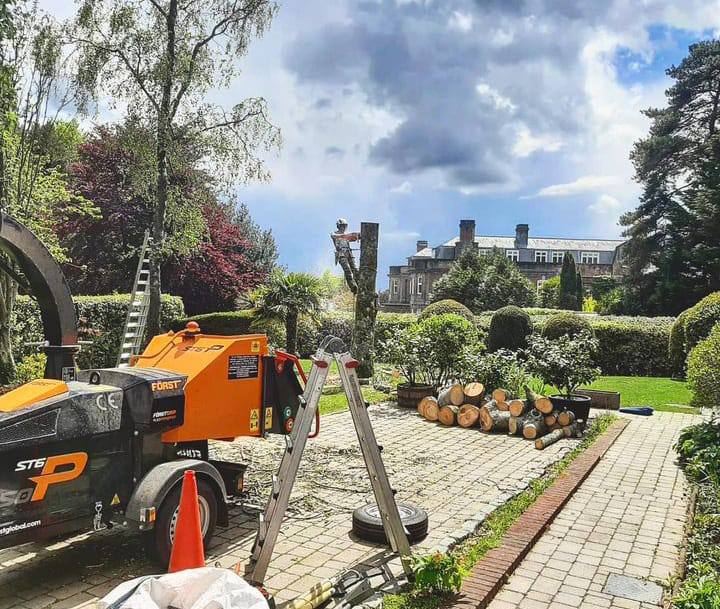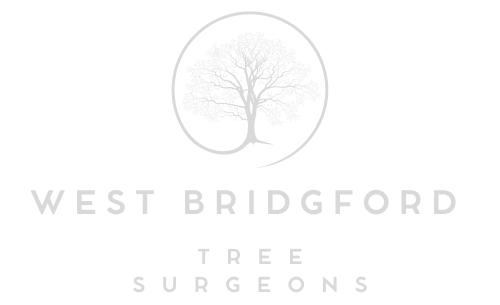Tree Surgery for Habitat Enhancement: Creating Homes for Wildlife
Introduction: Trees are essential for the environment and provide vital habitats for wildlife. Tree surgeons play a crucial role in enhancing these habitats through specialised practices known as “tree surgery.” At West Bridgford Tree Surgeons, we explore how tree surgery can be employed to create and improve homes for wildlife, fostering biodiversity and ecological balance.
The Importance of Wildlife Habitats:
Wildlife habitats within trees are diverse, serving as homes, breeding grounds, and food sources for numerous species, including birds, insects, squirrels, and bats. These habitats contribute to the overall health of ecosystems by promoting biodiversity and supporting natural processes like pollination and seed dispersal.
Tree Surgery for Habitat Enhancement:
- Deadwood Preservation: Dead or decaying branches and trunks provide essential habitat features for various wildlife. Tree surgeons can selectively retain or create deadwood structures, such as snags and logs, to attract insects, fungi, and nesting birds.
- Cavity Creation: Tree surgeons can carefully create cavities in suitable trees, mimicking natural hollows. These cavities become sought-after nesting sites for birds, bats, and mammals.
- Pruning Techniques: Pruning can promote the growth of specific tree species or plant varieties that are particularly beneficial to wildlife, such as those bearing nectar-rich flowers or fruit.
- Habitat Trees: Designating certain trees as “habitat trees” involves minimal intervention and allows natural processes to occur. These trees can host various organisms and provide a valuable food source.
- Safety Considerations: While enhancing habitats, tree surgeons must ensure the safety of both wildlife and humans. Deadwood removal or limb reduction can be performed to mitigate potential risks.
Species Benefits:
- Birds: Tree cavities and dense foliage provide nesting sites and shelter for various bird species. Woodpeckers, owls, and bluebirds are among the many birds that benefit from enhanced tree habitats.
- Bats: Hollow trees are essential roosting spots for bats. Tree surgeons can help create or preserve these roosts, contributing to bat conservation efforts.
- Insects: Insects play a critical role in ecosystems as pollinators and a food source for other wildlife. Enhanced tree habitats can attract a diverse range of insect species.
- Small Mammals: Squirrels, raccoons, and other small mammals find refuge in tree hollows, while fruits and nuts provide a valuable food source.
Community Involvement:
Engaging the community in habitat enhancement efforts is crucial. Residents and organisations can participate in tree planting and maintenance initiatives, helping to create a more wildlife-friendly environment in urban and suburban areas.
Conclusion: Tree surgery is not just about maintaining the health and aesthetics of trees; it can also be a powerful tool for enhancing wildlife habitats. At West Bridgford Tree Surgeons, we understand the delicate balance between tree care and habitat preservation. By employing the right techniques and involving the community, we can create homes for wildlife within our urban and suburban landscapes, contributing to a healthier and more diverse ecosystem.
Call us on: 0115 647 1188
Click here to find out more about West Bridgford Tree Surgeons
Click here to complete our contact form and see how we can help with your tree’s needs.

